Overview
Qinghai-Tibet plateau, known as the "roof of the world”, has not only the world's highest peak Mount Everest but also the longest and deepest canyon ---- Yarlung Tsangpo Grand Canyon. Here you can see a great contrast between the high peaks and deep canyons, which make up a rather spectacular landscape.
Basic Information
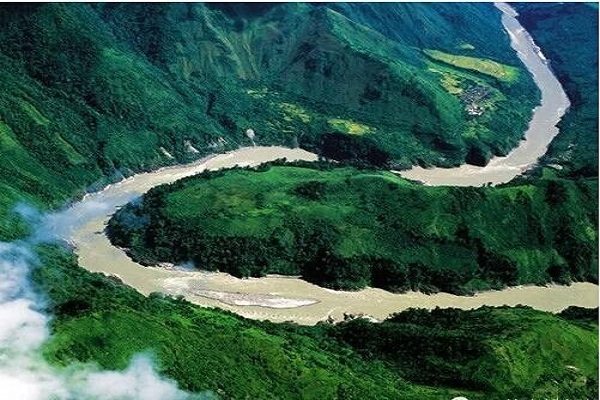
Situated in Nyingchi, Tibet, Yarlung Tsangpo Grand Canyon is the longest and the deepest valley. With the length of 504.9 kilometers and the depth of 6009 meters, Yarlung Tsangpo Grand Canyon combined with glaciers, cliffs, steep slopes, and running rivers, Yarlung Tsangpo Grand Canyon is crowned as “The Last Fairyland In the World”.
Yarlung Tsangpo River originates from the northern slope of the middle section of the Himalayas, which is more than 6,000 meters above sea level. It flows through Milin County, suddenly turns to the south, and cuts the Himalayas into two sections. It's flowing from west to east in Southern Tibet, bypassing the easternmost point of the Himalayas - Mount Namcha Barwa then turning southward. Yarlung Tsangpo River is the highest river in the world, with an average elevation of over 3,000 meters.
At Yarlung Tsangpo Grand Canyon, the environment condition is very complex. At the downstream of the Yarlung Tsangpo River, the river bypasses the mysterious Namcha Barwa and shapes a “U”, which has become one of the famous highlights of the grand canyon. There are some attractions that are worthy of being recommended to you, such as Gega Spring, Namcha Barwa, Bend of the Yarlung Tsangpo River, Four Springs, Yumei Mountains, etc. Photographing, sightseeing, exploring the valley, river, and glaciers are very thrilling and interesting in this 4A tourist attraction.
Topography
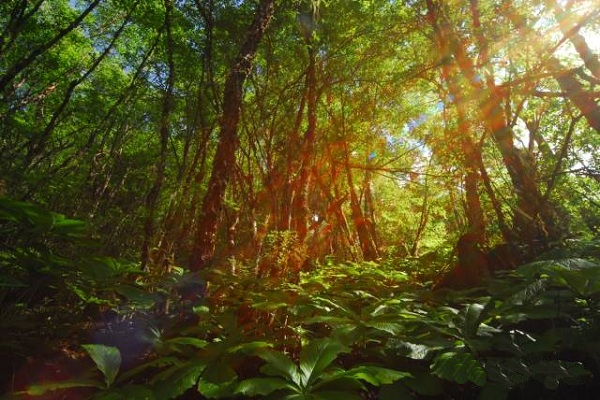
The unique topography of the Yarlung Tsangpo Grand Canyon covers different elevations, providing a suitable environment for different plants and animals. With a sub-tropical climate at an altitude of 1,000 meters, the trees growing on the mountains of the canyon constitute a complex tropical primeval forest. Areas with an altitude of 1,000-2,400m belong to the mountain subtropical climate with rich rainfall. There's a small amount of coniferous forest, many of which are valuable and rare in Tibet and China. Areas with an altitude of 2,400-3,000 meters belong to the mountain temperate climate. The coniferous and broadleaf trees in the forest show different colors in different seasons. In spring and summer, it shows emerald green and jade green; while in autumn and winter, it shows red, yellow, and green, so it's also called the five-color forests. In 2005, "China National Geography" experts voted the Yarlung Tsangpo Grand Canyon as one of the top ten most beautiful canyons in China.
What to See
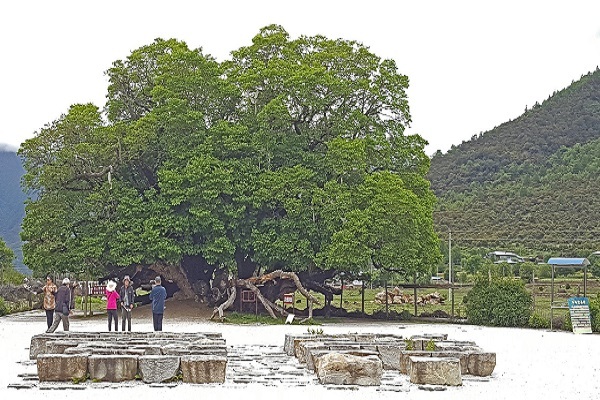
When you take the land route, you have no reason to miss the following four scenic spots listed below.
1. An ancient mulberry tree with thousands of years’ history which was planted by Songzain Gambo and Princess Wenchen. Looking far into the distance, you can see the snow mountains shining in the bright sunshine. According to the legend, taking a circle with the tree can bring fortune, taking two circles can bring wealth, and taking three circles can encounter your Mr.Right / Miss. White.
2. A peach tree that grows on the brink of the cliff. The stone is divided into two parts by this tenacious tree.
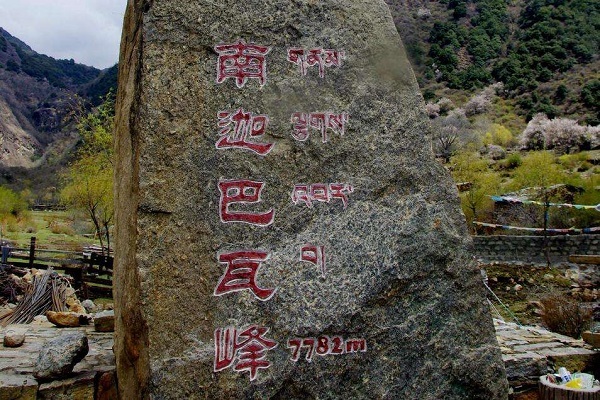
3. The Yarlung Tsangpo Grand Canyon. Standing on the platform, you can see the bend of the Yarlung Tsangpo River and feel the majestic view of the running water.
4. A stone tablet of Namcha Barwa. You can see Namcha Barwa along the way but here is the best place to see this grand mountain. Lots of travelers take photos here. If you are lucky enough, you can see the summit of the mysterious Namcha Barwa.
Travel Tips
The climate is mild all year round. April charms with peach blossoms, but tours to the valley in the rainy season of June and July are not advised. If you are fond of trekking, you’d better enter Tibet from April to May, and from August to October.
The best time for hiking the Yarlung Tsangpo Grand Canyon is from early June to mid-October.
Accommodation in Tibetan areas is the least of the problems as long as there are people. Generally, Tibetan people have a "living room" in their homes, which is filled with Tibetan-style beds along the walls. In addition, Pei town has a certain reception capacity with a street of family hotels, in addition to the Grand Canyon tourist reception center.
Email response within 0.5~24 hours.


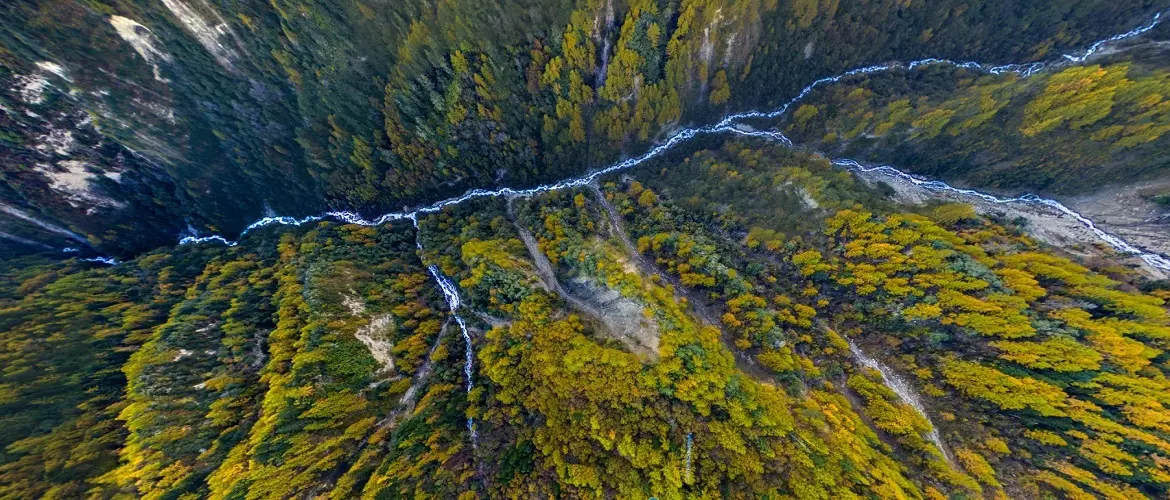
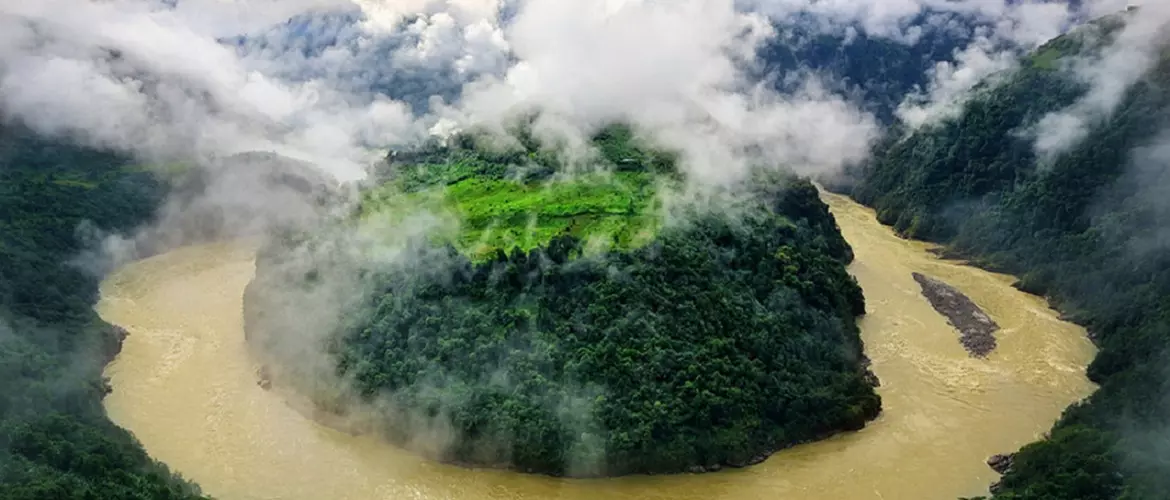
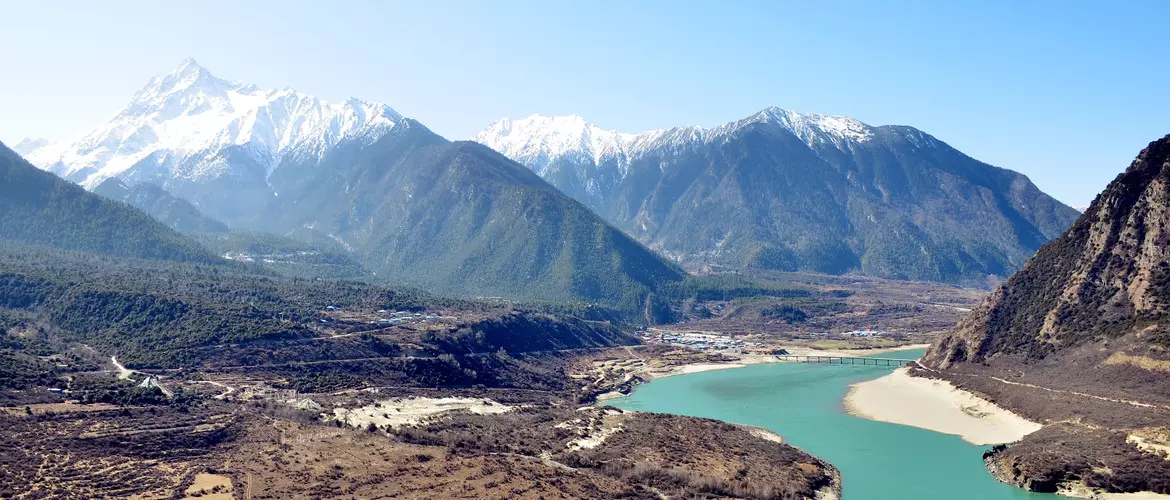
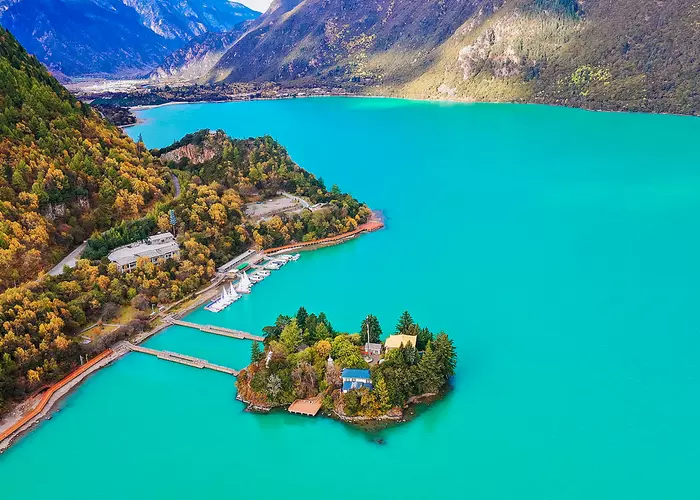
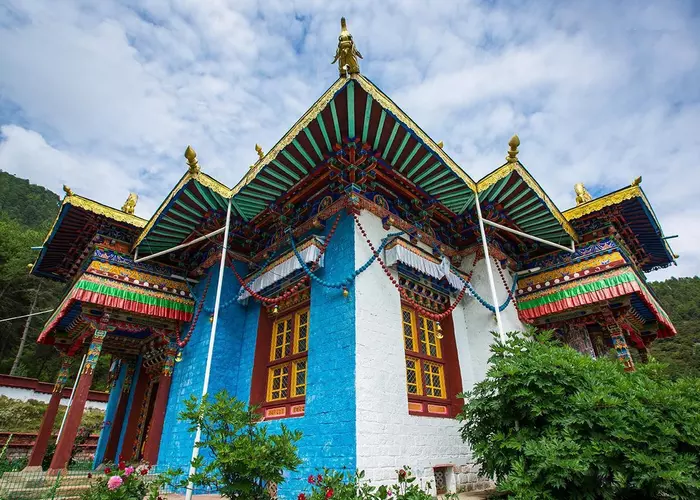
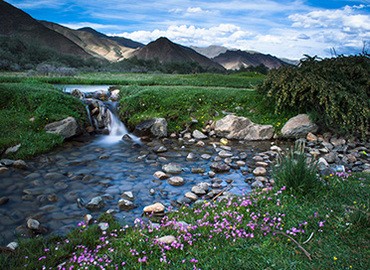
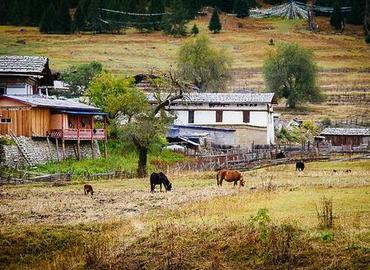
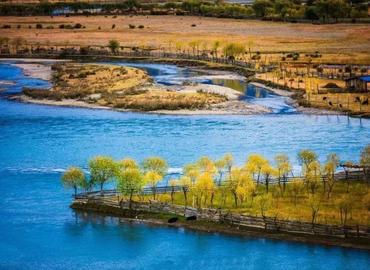
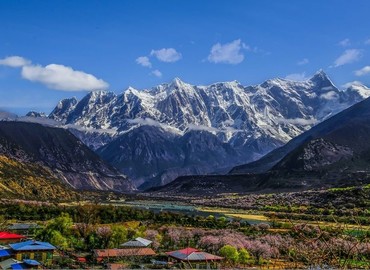

Typically Asked Questions from Our Clients
Asked by JimA***
What's the cost of group tours to the Tibetan deepest canyon?
Dear Jim****,
Currently, Yarlung Tsangpo Grand Canyon is not open to foreign tourists. We can arrange other attractions in Tibet for you, like Lhasa, Shigatse, Everest Base Camp, Yamdrok lake and so on.